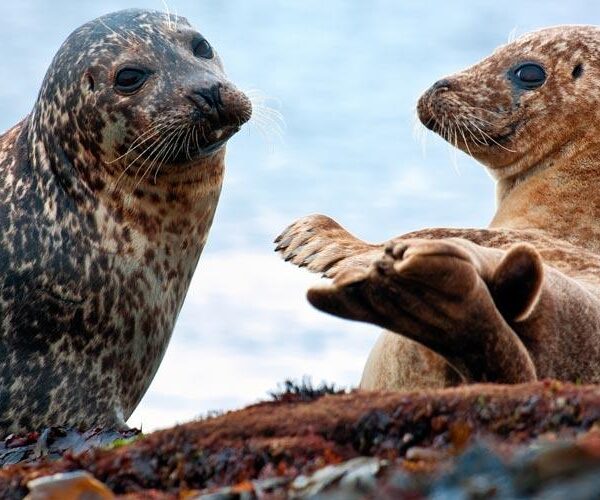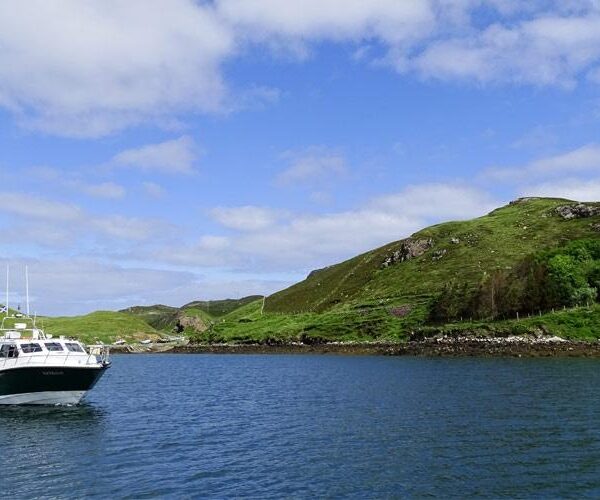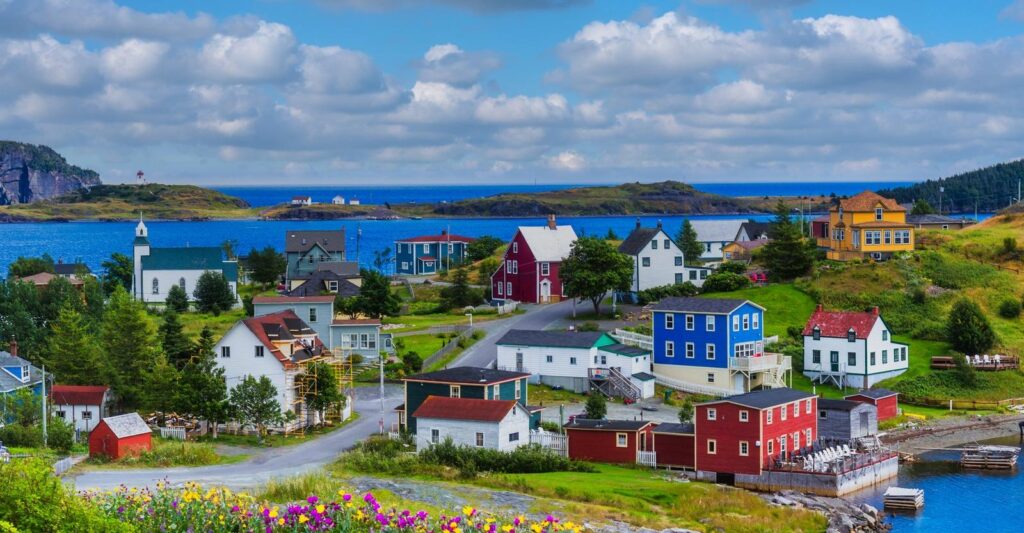Overview
Scotland has long held a wild allure in Britain. Its heather-clad Highlands and far-flung Western Isles have drawn adventurous travelers for millennia. In summer, days stretch toward nearly perpetual light, nurturing a flurry of life in the Hebrides Islands off Scotland’s northwest coast. Millions of seabirds nest in some of the largest rookeries in the world, while whales, seals and dolphins feed in clear Atlantic waters warmed by the Gulf Stream. Exploring the coves and cliffs of the Outer Hebrides, we also find remnants of ancient human presence, from Iron Age stone forts to embellished Celtic crosses. Inland, explore the boreal forest, heathered moors and silver lochs of the rugged Highlands, home to elusive wildlife including red deer, badger, pine marten, and the highly endangered Scottish wildcat. In mystical Scotland, the wild still reigns in Europe!
Trip Highlights
- Explore the Wilder Side of Scotland Discover Scottish nature with expert naturalists—scout for wildlife including red deer, pine marten, river otters and sea eagles, and observe native reforestation
- See Marine Wildlife on Private Boat Trips View thriving seabird colonies in the Outer Hebrides, and cruise among abundant marine life, including dolphins and whales, along the Isle of Harris and Moray Firth
- Ride the Jacobite Steam Train Through the Highlands Enjoy first-class passage on this stunning 42-mile rail journey through glens, lochs and Britain's highest mountains, crossing the 21-arched Glenfinnan Viaduct
Itinerary
Please fill out the form below to request a quote for rates.
Included
- Accommodations, services of Nat Hab's professional Expedition Leader(s) and local guides, first-class journey aboard the Jacobite Steam Train, private charter cruises to Moray Firth, Loch Ness, Knoydart Peninsula, and the Shiant Isles, all meals from dinner on Day 1 through breakfast on final day, most gratuities, airport transfers on Day 1 and final day, all activities and entrance fees, all taxes, permits and service fees.
Not Included
- Travel to and from the start and end point of your trip, alcoholic beverages, some gratuities, passport and visa fees (if any), optional activities, items of a personal nature (phone calls, laundry and internet, etc.), airline baggage fees, airport and departure taxes (if any), required medical evacuation insurance, optional travel protection insurance.
Map






















